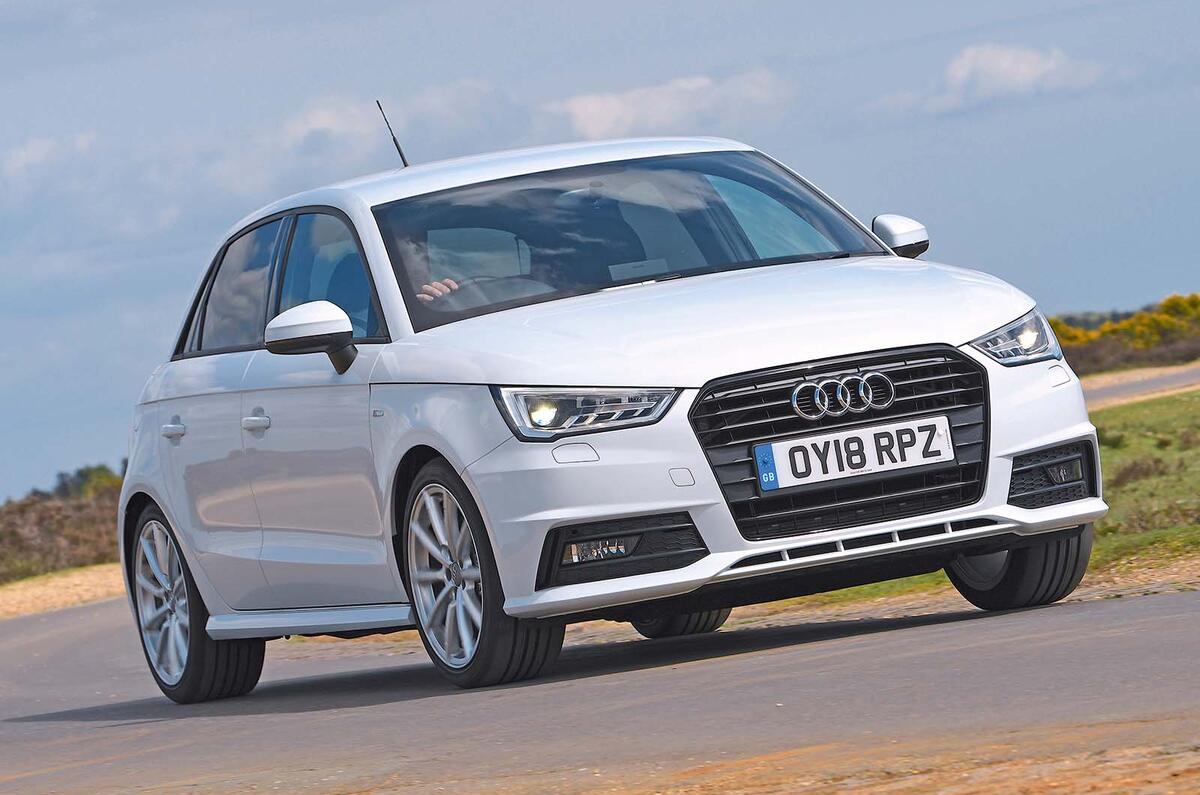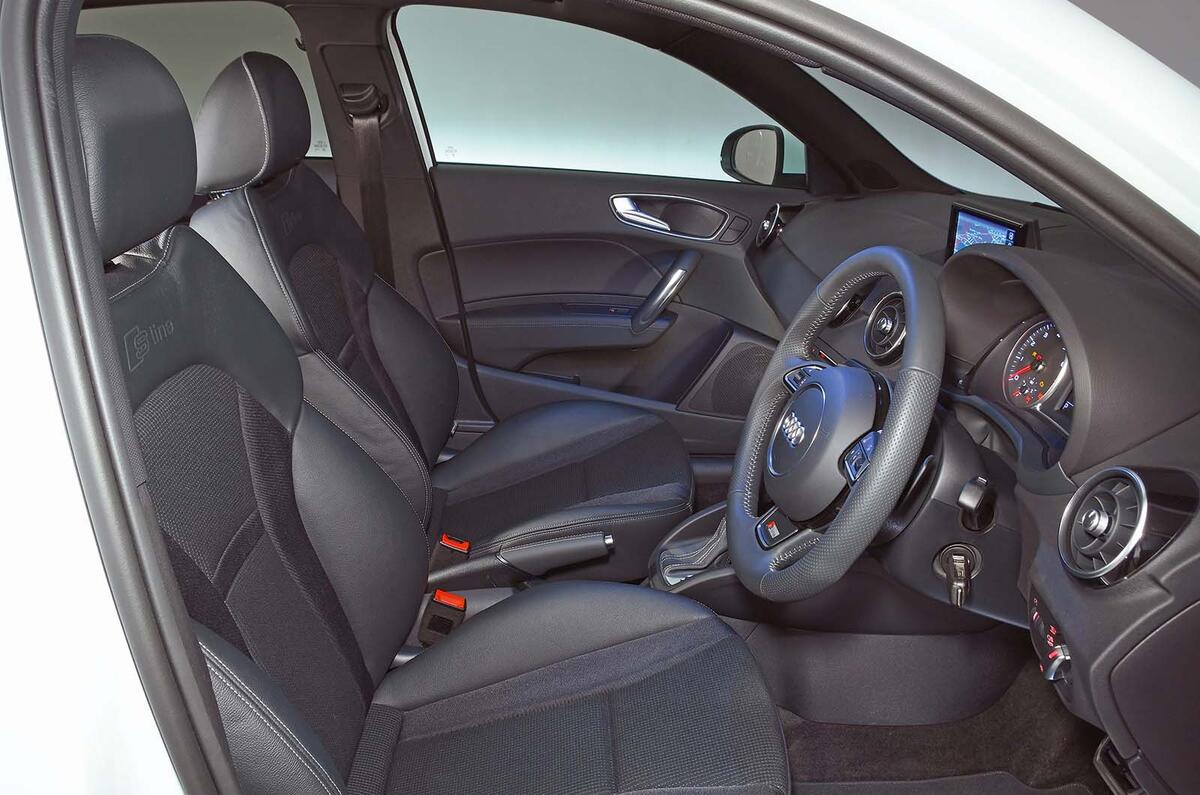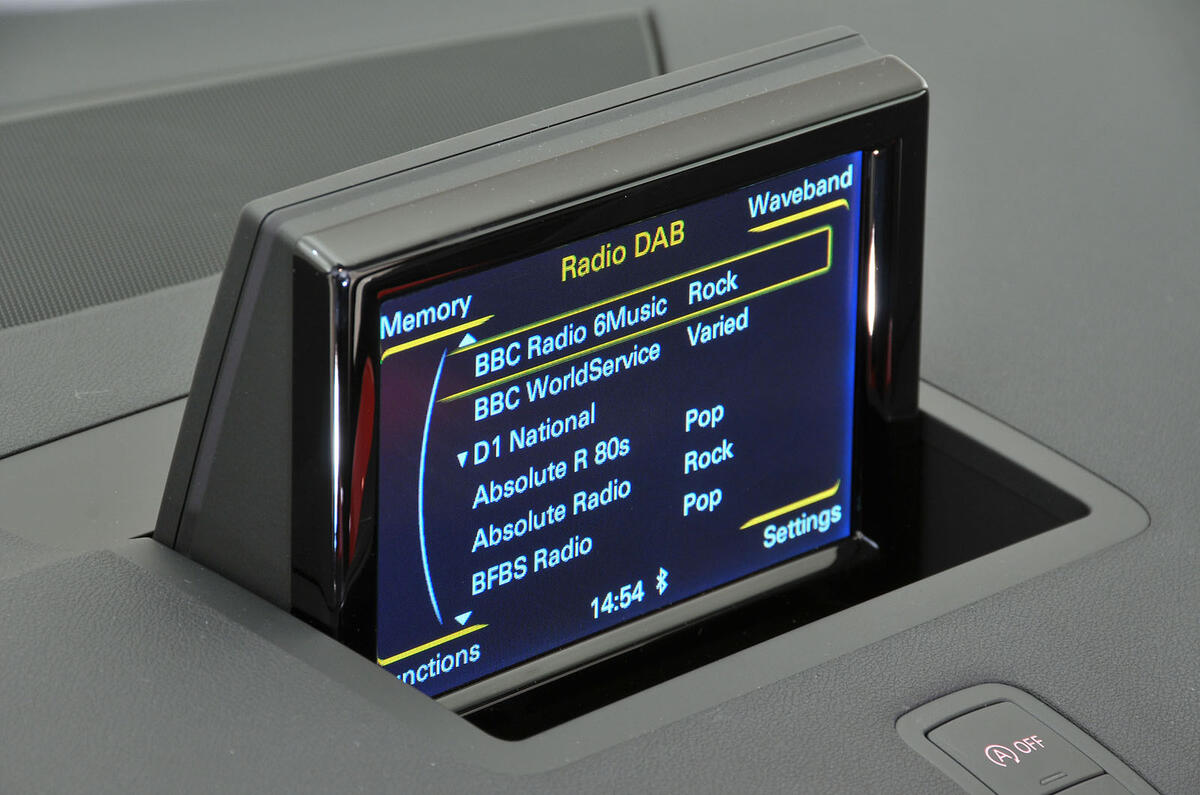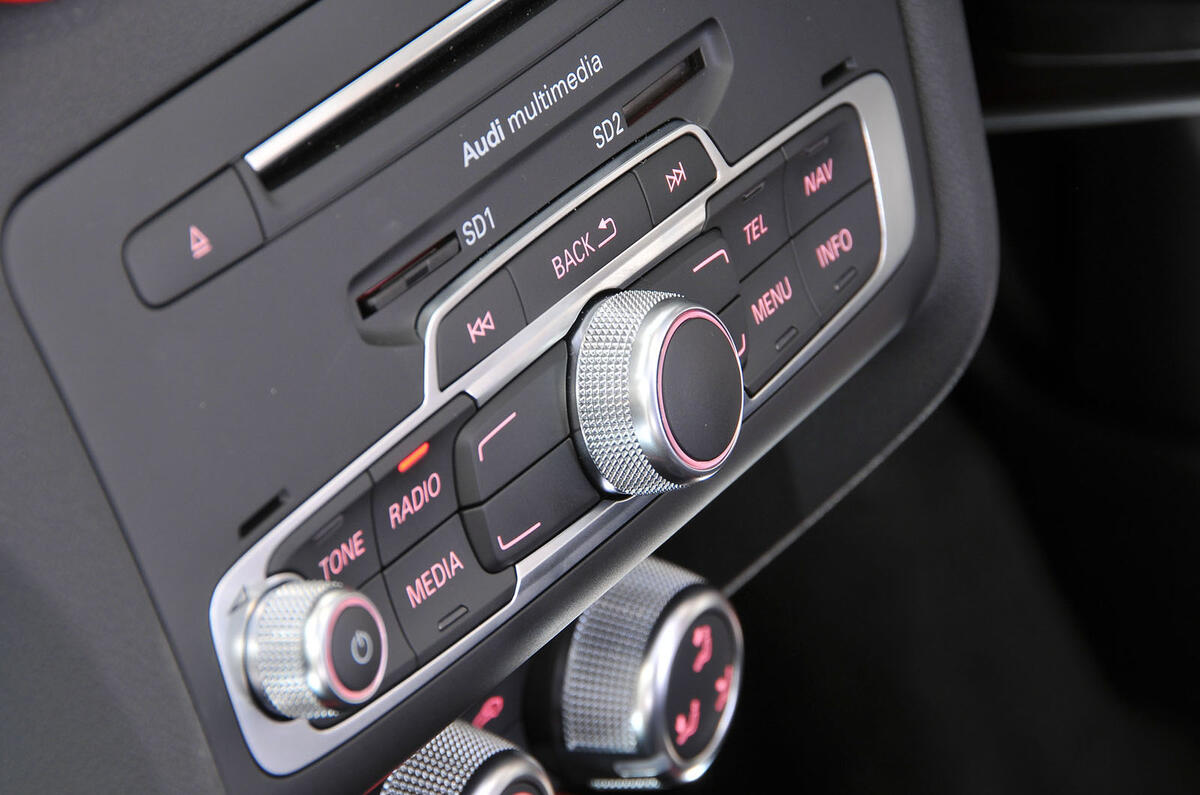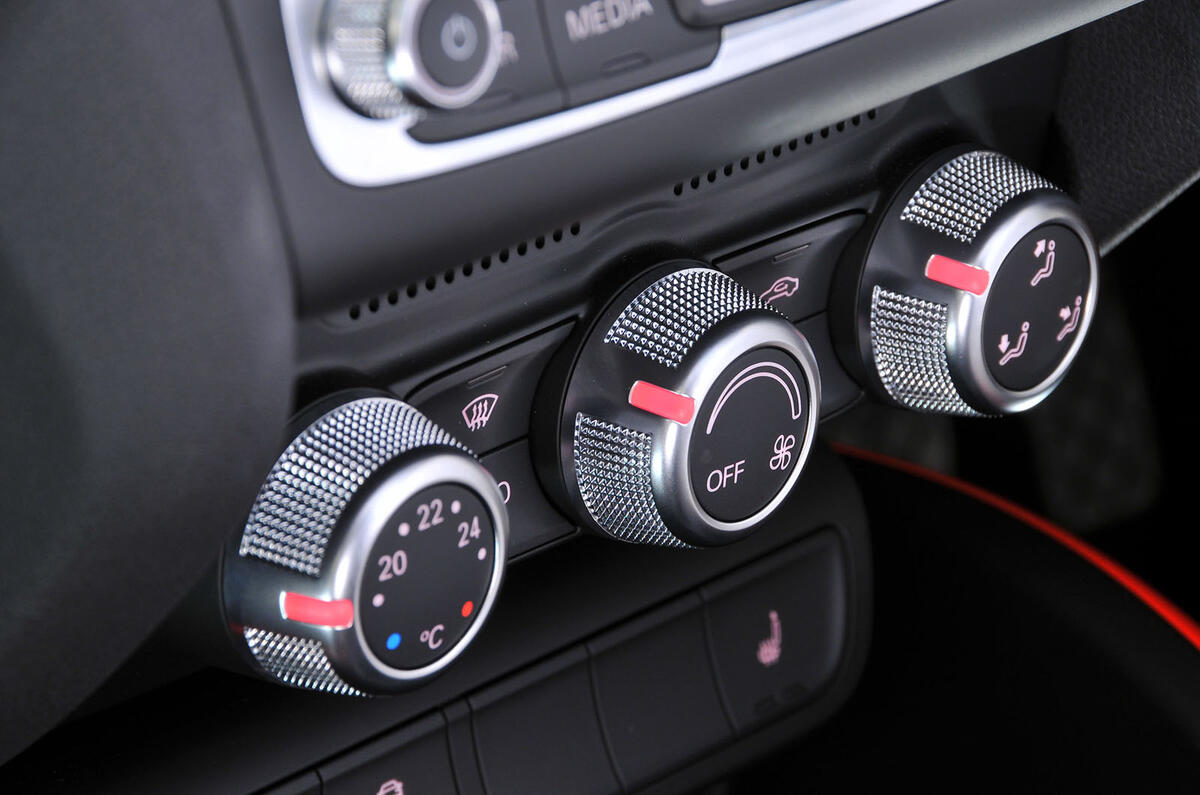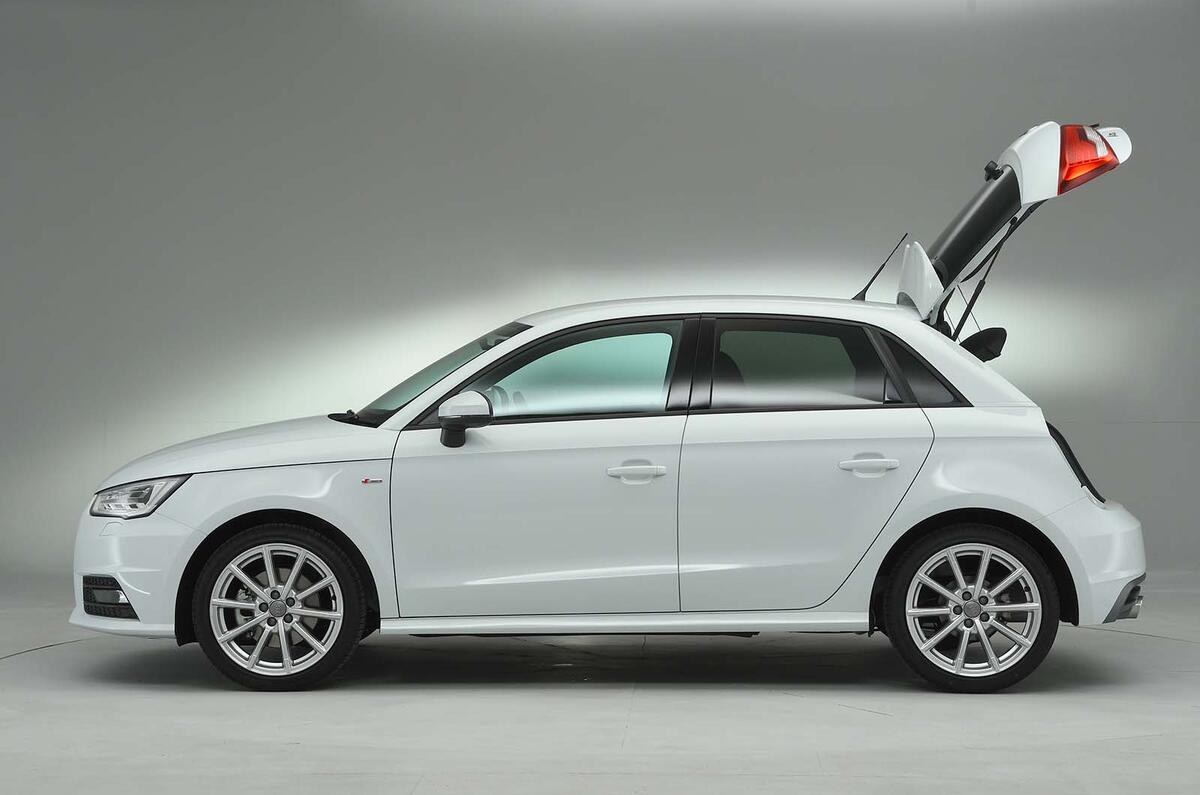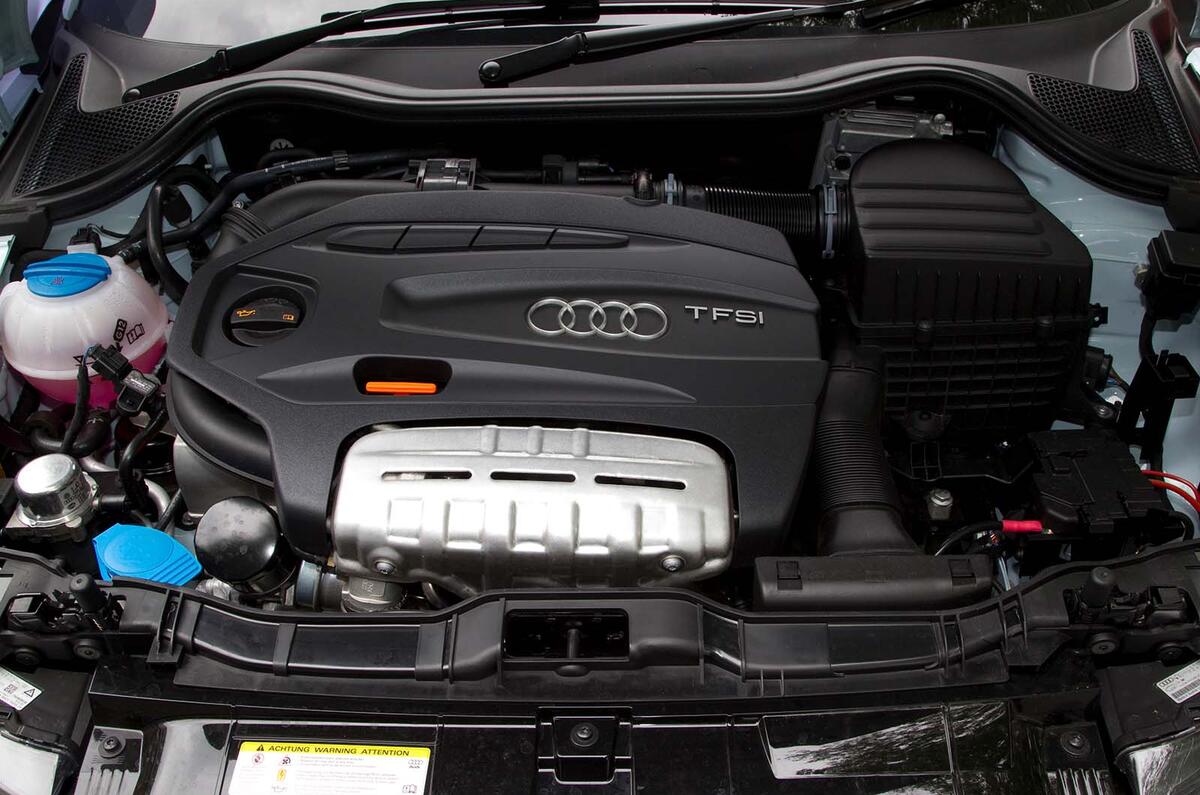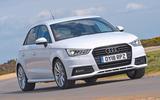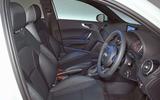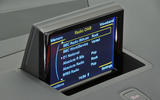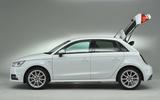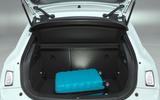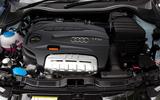The design premise of the Audi A1 was clearly minimalism over maximalism.
In your correspondent's opinion, this is how you make a car age well, given that inside and out the Audi is as pared back as small hatchbacks get, and is certainly on the prettier side of the spectrum. It would be harsh to call it featureless, but it’s not exactly the automotive equivalent of Tobermory.
This Germanic attention to efficient, neat design has served the A1 well, because even now with the earliest examples more than 14 years old, they still look modern – a good thing, because they’re in a tussle in the classifieds with the evergreen Mini hatchback.
If you were to buy a Mini, would you be missing out? Well, unlike that car, the A1 didn’t draw on its maker’s heritage. Instead, it was one of the few small cars to have a team of engineers smelling each of its interior surfaces to make sure the scents didn’t clash.
Upmarket appeal was the clear priority here. That interior also offers enough space for average-sized passengers and their average-sized luggage but not much else beyond that. The rear seats will accommodate anyone below average height and the boot any load smaller than 270 litres. By contrast, the contemporary Mini makes do with just 160 litres, while the Mk6 Ford Fiesta offers 295 litres.
What about trim levels? If you can live with halogen headlights, entry-level SE models come with 15in alloy wheels, cruise control, electrically adjustable and heated door mirrors, rear parking sensors and a 6.5in pop-up display that, like many of the other trim pieces and buttons around the cabin, has the tactility of a Bang & Olufsen hi-fi.


